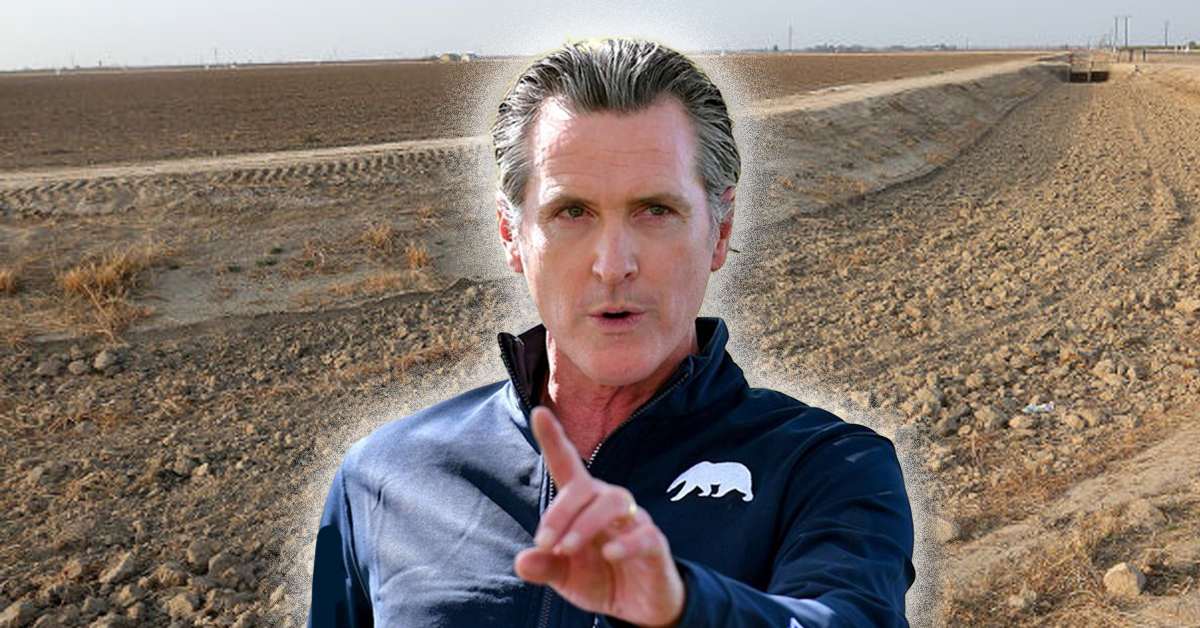With California experiencing the driest year of record so far, state water officials are preaching conservation amid a bleak outlook as summer approaches.
The California Department of Water Resources and State Water Resources Control Board held a media briefing Tuesday to discuss the outlook of the state’s latest drought, which began in 2020.
California experienced a wet 2019, just a few years removed from the previous drought that parched the state for several years.
But by the winter of 2019, California was already experiencing conditions that led to the current drought.
From October 2019 through December 2019, the statewide precipitation was 83 percent of average.
The next three months – January 2020 through December 2020 – statewide precipitation came in at 49 percent of average.
Those low numbers came in spite of a March 2020 that was close to normal with precipitation at 95 percent of average.
March 2020 temperatures also were 1.3 degrees cooler than average.
State water officials compared the statistics from two years ago to the last several months, painting a dreary picture.
October 2021 through December 2021 was bountiful, providing precipitation at 143 percent of average.
But statewide precipitation dropped to 15 percent of average over the following three months.
Precipitation this March came in at just 30 percent, trending far downward compared to two years prior as the temperature in March was 3.6 degrees warmer than average.
Lisa Lien-Mager, a spokesperson for the State Natural Resources Agency, urged conservation efforts in response to the bleak conditions.
“I think we’ve really learned as a result of the actions from the last drought that conversation’s most impactful when it’s being messaged at the local level in partnership with the state,” Lien-Mager said. “And I think we’ve also learned that the specific actions need to account for the diversity of conditions and the supply needs around the state.”
Gov. Gavin Newsom issued an executive order in March to order all local water suppliers to conserve water and directed the State Water Resources Control Board to consider a ban on the watering of decorative grass at commercial, industrial and institutional buildings.
Lien-Mager said the state will see the effect of those changes in the near future, and the administration is also working on budget proposals – set to be publicly revealed Friday – for additional funding of small water suppliers for drought relief and urban water management grants. The Newsom administration will also focus on working with local agencies to bolster messaging and education on water conservation.
Department of Water Resources climatologist Michael Anderson discussed the state’s middling snowpack, which is under 50 percent of average.
“We see in history we used to get these monster snowpacks above 200 percent of average – the last almost in 1983,” Anderson said. “Since then they haven’t made an appearance. Our biggest snowpacks we see are smaller. Unfortunately our smallest snowpacks are smaller too, with five of the lowest ten since 2007, which is a challenge.”
Snowpacks since 2001 come in at 82 percent of average for California’s recorded history.
“It’s really a bit late in the season to be talking about snowmelt, because a lot of it already has, but certainty the snowpack is rapidly diminishing…” said Jeanine Jones, manager of interstate resources with the Department of Water Resources.
“We can’t expect anything significant past this date.”
What is being done to specifically help communities in the Central Valley that have been devastated by the drought?
Jones gave the following answer when asked:
“Historically if you were a private citizen served by your own residential well, you were the only one that was responsible for your water supply. What we saw in the last drought was the state stepping up and responding to some of these widespread areas of dry private wells in predominantly farmworker communities in places like Tulare County. And we spent many millions of dollars connecting some of those communities to public water systems because of the problems with failures of dry residential wells.
“In the current drought, we have our Small Community Drought Relief grant program, which in the current fiscal year has been given $200 million, and we have allocated the vast majority of that already for small rural communities, many of them disadvantaged communities or tribes who are struggling with water supply problems – everything from bulk and bottled water haulage to new wells to all of those kinds of things.
“It’s important to recognize what’s really happening here is the state is now stepping in with state dollars to, in essence, respond to what you might almost call legacy land use planning problems. Communities that were allowed to develop in areas where the supplies were not as reliable as they should’ve been for a development of that size.
“We know that in the long term the answer for some of those communities will come through actions the state water resources control board takes either through their SAFER program or through the consolidation authorities, which they’ve now had several pieces of legislation on.”










